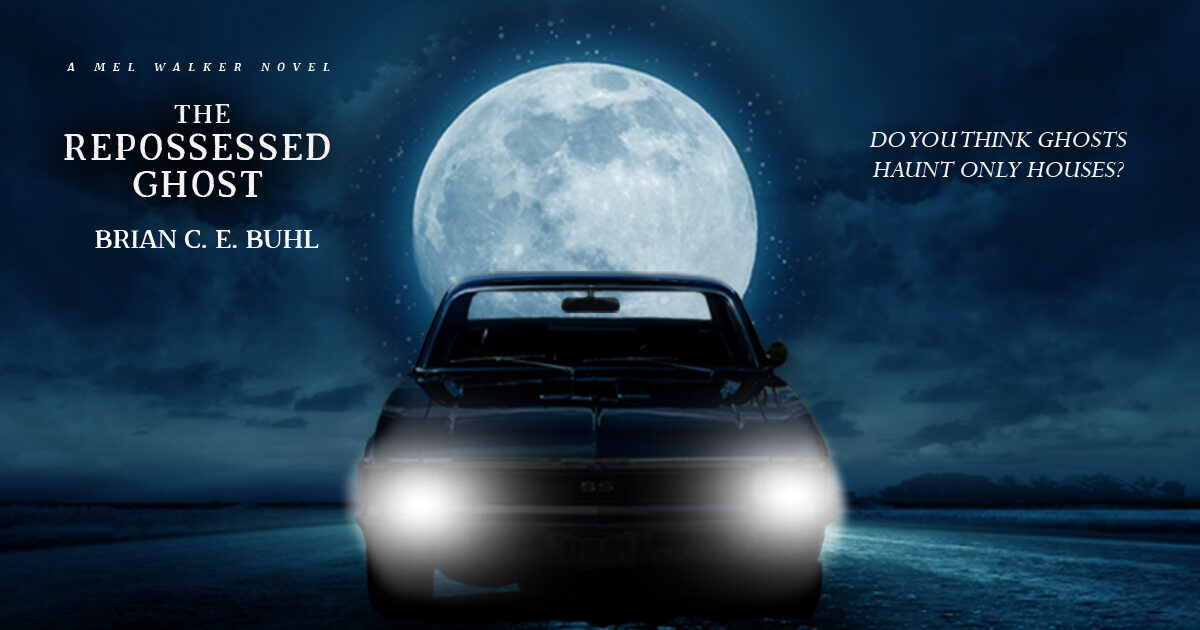I woke up feeling not great. I stayed in bed most of the day, getting up only long enough to connect with my writing group and let them know I wasn’t going to make our monthly meeting today. Then I went back to bed.
After getting up, showering, and putting a little bit of sugar in me, I’m feeling okay. Not great. The headache is still there, but I think I’m well enough to work on this story before I lose too much interest.
Let’s begin. Free indirect writing, activated.
What kind of person do we want to hang out with for a while? This is a short story, so their journey from a normal, everyday person to a hero has to be relatively straight forward. We won’t have time to take them through a lot of changes.
Mary Robinette has a formula where you can plug in the number of characters, settings, and plot points, and determine roughly how many words that story is. I have had a similar formula for a long time, and mine isn’t quite so precise. Generally speaking, if I want a story to be around 6,000 words, I need to limit it to no more than 3 settings, 4 “real” characters, and 2 plot points.
Why am I talking about this when I should be working on the character?
Characters generate plot. They are plot machines. When you make a believable character, with motivations, voice, and agency, they will upset the plans you laid out before said character became fully realized. So, when developing the character at the beginning like this, I try to anticipate how complicated they’re going to make the plot.
Very clever characters tend to like very clever plots. If you don’t give a clever character enough problems to solve, they come across flat and boring.
For this story, I want things to be relatively simple. So, our main point of view character should also be a little bit simple.
What do I mean about characters being simple? Let’s look at characters from our comp titles, Avatar: The Last Airbender and Supernatural.
Aang is a young man that was not ready for the weight of the world to be placed in his shoulders, so he ran away before the story even began. He’s an upbeat pacificist that deeply loves his new friends while also deeply missing the people he left behind to die when the Fire Nation attacked. He wrestles with his powers, his responsibility, his love, and by the end, his pacificism. Aang is definitely simpler than Zuko, but Aang has depth and layers, and it would take more than a short story to get a character like that right.
I think the simplest main character in Avatar: The Last Airbender is probably Sokka. He’s mostly loyal and goofy, until later in the series when he deals with learning to be responsible and leading people. He is the normal guy running around with demigods.
Flipping to Supernatural, Sam and Dean have their own complexities. We can simplify them, but I’m not going to bother. Instead, I’ll focus on a character from that show that would be great for a short story: Bobby. Bobby is made of two things: his love for The Winchesters, and his deep, practical knowledge of the supernatural world.
Our story about a firefighter that becomes an elementalist is not going to star either Sokka or Bobby. However, we can look at those two characters and figure some things out.
Both Bobby and Sokka are loyal. They’re good, decent folk trying to do what they think is right. They are cinnamon rolls.
Our main character will be a cinnamon roll, which is someone that is sweet, optimistic, and tends to put others above themselves. Why did they become a firefighter? Because they wanted to help people without having to carry a gun.
They are healthy, strong enough to carry a person while wearing a bunch of heavy gear, and they’re brave enough to run into a burning building.
How do they feel about fire? We might as well ask the question, since that’s going to be a big part of the story.
I think they respect it, but they neither love nor fear it overly much. Fire is useful and good when it is controlled.
I think I’m going to stop here for tonight. We haven’t made that much progress, but we’ve made some. We need to get into their wants and needs and motivations soon. After that, they’ll start to seem more like a person, and we can go on to other parts of the story.
